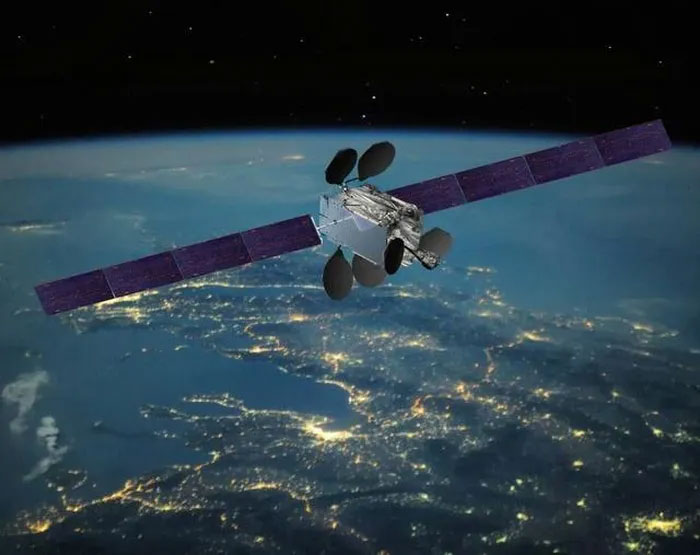Boeing satellite explodes in space
The incident involved the Intelsat 33e satellite, which was launched in 2016 with a mission to provide communications across Europe, Asia and Africa.
According to a press release from Intelsat, the incident occurred on October 19 when the satellite experienced a technical problem , and repair efforts with Boeing were unsuccessful. By October 21, the US Space Force confirmed that the satellite had exploded.

Intelsat EpicNG satellite built by Boeing. (Source: Boeing).
The incident has caused power outages or disruptions to communications services for many Intelsat customers. The company is working with third-party providers to mitigate the impact and is in contact with customers to resolve the issue.
The US Space Force said it was tracking about 20 pieces of debris from the satellite and affirmed that there was "no immediate threat" to space safety, while continuing to conduct regular assessments.
Meanwhile, the Russian space agency, Roscosmos, recorded more than 80 fragments from the explosion and determined that the satellite's destruction was instantaneous and of high energy.
The incident comes as Boeing is under pressure over its manufacturing problems, which have included a series of aircraft failures, insider accusations and federal investigations.
Two astronauts, for example, were stranded on the International Space Station after a malfunction in Boeing's Starliner capsule prevented them from returning to Earth. They are expected to return in early 2025.
Also this week, Boeing reported a third-quarter loss of more than $6 billion. In early October, the company's new CEO, Kelly Ortberg, announced that it would cut about 10% of its workforce. Tens of thousands of Boeing workers are still on strike in protest of working conditions.
The Intelsat 33e satellite explosion was not just a technical failure, but also raised deeper concerns about the capabilities and safety of Boeing's manufacturing process.
- Boeing will fly test space Taxi
- Boeing designed a space station to serve people to Mars
- NASA spends money on Boeing to go to space but may have to 'hitchhike' Russia
- Boeing will transport passengers to space
- Search for aircraft MH370 via satellite images
- Technology helps SpaceX win over Boeing
- Video: Ship models in the space race between SpaceX and Boeing
- Notable accidents involving Boeing 777
- Boeing takes people to the international space station
- Boeing is about to unveil the space transport ship
- Boeing 747 carries Discovery to Florida
- What will happen if we destroy the Moon?
 Van Allen's belt and evidence that the Apollo 11 mission to the Moon was myth
Van Allen's belt and evidence that the Apollo 11 mission to the Moon was myth The levels of civilization in the universe (Kardashev scale)
The levels of civilization in the universe (Kardashev scale) Today Mars, the sun and the Earth are aligned
Today Mars, the sun and the Earth are aligned The Amazon owner announced a secret plan to build a space base for thousands of people
The Amazon owner announced a secret plan to build a space base for thousands of people